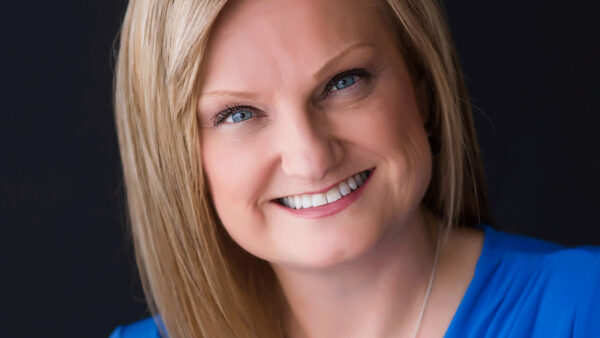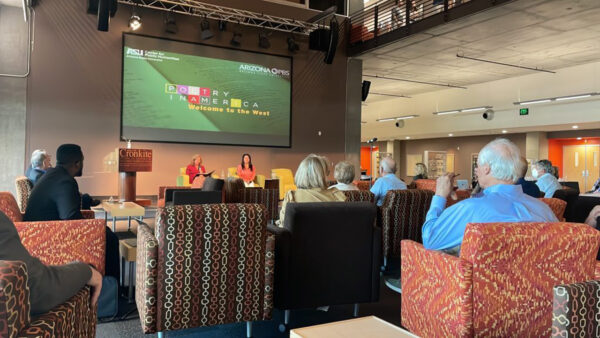Top Secret Rosies: The Female Computers of WWII
Feb. 2, 2011
Months after the Japanese attack had devastated Pearl Harbor – and the United States was plunged headfirst into the Second World War – a secret military program was initiated, with the aims of attracting more women into the war effort. However, unlike the drive to recruit “Rosie” into the factories, this one targeted female mathematicians who would soon become the crucial human “computers” for the United States military.
Top Secret Rosies: The Female Computers of WWII , airing Wednesday, Feb. 2, 2011 at 10 p.m. on Eight, Arizona PBS , tells the story of these women and the technology that helped win a war and usher in the modern computer age. Featuring archival material and interviews with historians and academics, along with the recollections of the mathematicians themselves, the special shines a new light on this remarkable chapter of the Second World War.
At the time of the war, women were generally more educated than men. The conflict brought them a multitude of professional opportunities, including the mathematics program. Their top-secret work was carried out in what was called the Philadelphia Computing Section.
From the bombing of Axis Europe to the assaults on Japanese strongholds, work proceeded in round-the-clock shifts creating ballistics tables that proved crucial to Allied success. "Rosie" made the weapons, but the female computers made them accurate. When the first electronic computer (ENIAC) was invented to aid the Army's ballistic calculation efforts, six of these women were tapped to become its first programmers.
The summer of 2010 marks the 65th anniversary of the end of WWII, yet the amazing account of the Top Secret Rosies: The Female Computers of WWII has remained largely untold…until now.
)






















